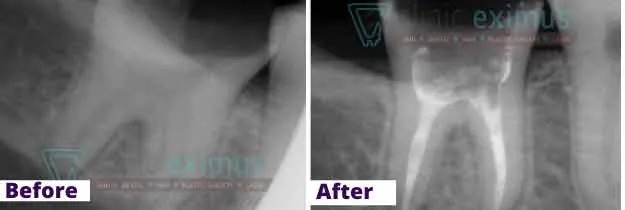
Root Canal Treatment is a procedure that treats the deep infection within a tooth by removing the damaged pulp and sealing the root canals. The pulp is the innermost layer of the tooth, consisting of nerves and blood vessels. When bacteria reach this layer due to deep cavities, fractures, or injury, it results in inflammation and pain.
Root Canal Treatment is required in the following scenarios:

Microscopic Root Canal Treatment enhances the accuracy and success rate of the procedure. Traditional root canals may sometimes fail due to missed canals or inadequate cleaning. The use of a dental microscope provides up to 25x magnification, allowing for precise identification and treatment of infected areas.
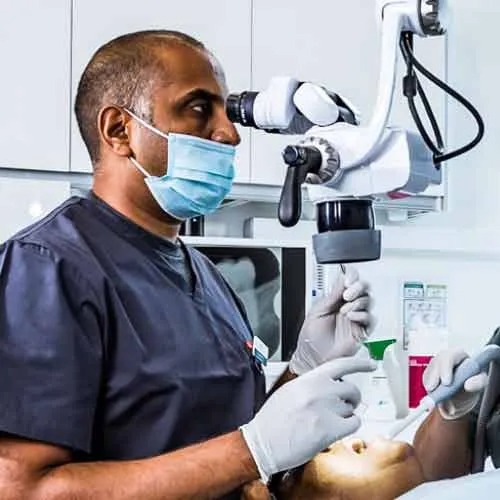
The root canal treatment cost in Delhi depends on the tooth type, dentist’s expertise, and technology used. Advanced procedures like microscopic RCT and dental crowns may add to the overall cost.
| Type of Treatment | Estimated Cost (₹) |
|---|---|
| Front Tooth Root Canal | ₹3,000 – ₹7,000 |
| Premolars Root Canal | ₹4,000 – ₹9,000 |
| Molars Root Canal | ₹5,000 – ₹12,000 |
| Microscopic Root Canal Treatment | ₹10,000 – ₹20,000 |
| Dental Crown (Post-Root Canal) | ₹3,000 – ₹15,000 (Varies by material) |
Note: Prices may vary depending on the location, dentist’s expertise, technology used, and additional procedures required.
The use of advanced technology, combined with the experience and expertise of the team at Clinic Eximus, greatly increases the success of root canal treatment.

Increased visibility leads to increased success of treatment. With the microscope, we can see to the end of the root canal of the tooth.
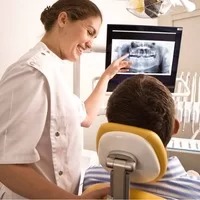
They help us see the root anatomy clearly without much radiation exposure.
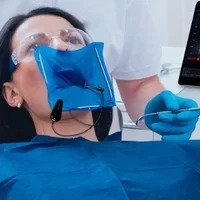
Electronic devices are used to determine the root apex with total accuracy.

They are part of the high-tech rotary root canal system, which ensures complete cleaning of the root canal, unlike the traditional hand method.

Root canal disinfection is done by ultrasonic waves using special equipment.

Laser disinfection is an advanced technique that revolutionizes root canal treatment. By incorporating laser technology, it effectively eliminates bacteria and promotes thorough disinfection.
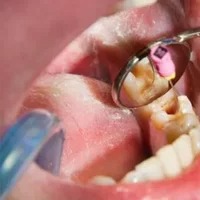
Root canals are filled using the latest warm condensation technique to ensure a 3-D seal of the canals.
It is not painful, as the major portion of the treatment is done under local anesthesia, and painkillers manage any minor pain after the procedure. Sometimes, painkillers are not even required.
RCT can be completed in 1 or 2 appointments, but if the infection is very severe, it might require 2-3 additional appointments. Patient cooperation is essential for the early completion of the root canal treatment.
Contrary to popular belief, root canal treatment cleans the tooth. It is not the treatment for root canal that weakens the tooth, but the infection inside the tooth that has already weakened it.
Kindly understand, RCT is done when the infection, cavity, or decay in the tooth has already reached the deeper, softer part of the tooth called the pulp, which mainly comprises blood vessels and nerves.
A tooth filling is done when the decay has not reached the pulp.
So, both these procedures are not interchangeable. There are clear guidelines on when each needs to be done, and whatever is indicated should be done for your benefit.
Most of the time, when a patient requires RCT, a major portion of the tooth has already been compromised. The idea behind capping treatment is to reinforce the tooth so that after RCT, you can chew with your tooth normally without any fear of breakage. However, if timely treatment is done and a major portion of the tooth structure remains intact, then we can proceed with RCT and a normal filling of any type.
It is always better to save the natural tooth because no artificial tooth replacement can be as satisfactory as the natural tooth.
It is always better to save the natural tooth because no artificial replacement can be as satisfactory as the natural tooth.
Antibiotics and painkillers cannot treat the source of the infection. They can only limit the infection and reduce pain for a short time. The source of the infection is the infected tooth, which needs to be cleaned.
Antibiotics and painkillers cannot treat the source of the infection. They can only limit the infection and reduce pain for a short time. The source of the infection is the infected tooth, which needs to be cleaned.
Like in all medical fields, technological advancements in dentistry also ensure greater treatment success. We have added these newest technologies to our practice.








© 2023 All Rights Reserved - Website Managed by Clinic Eximus